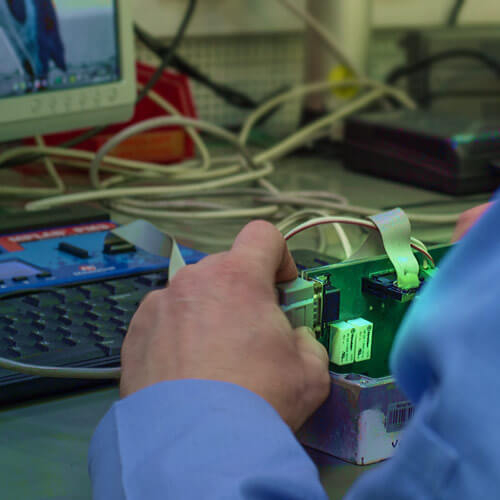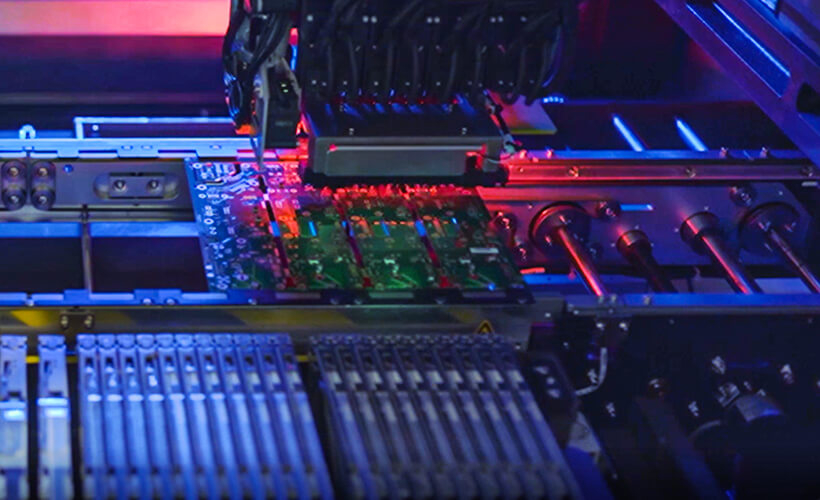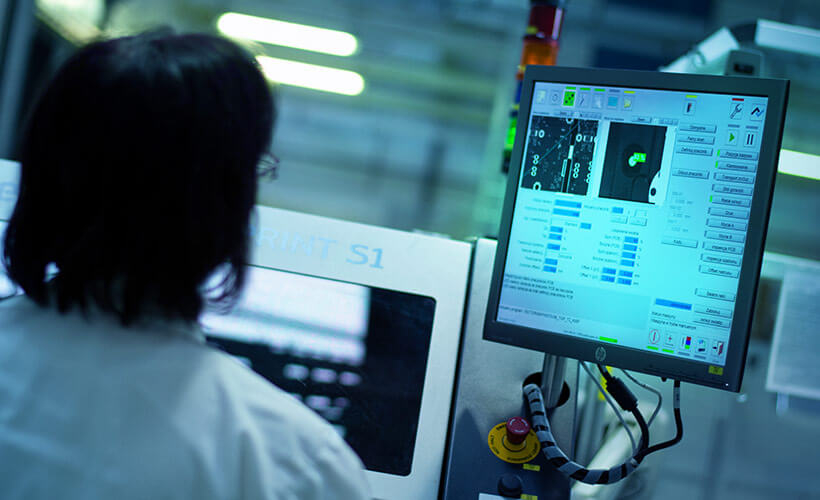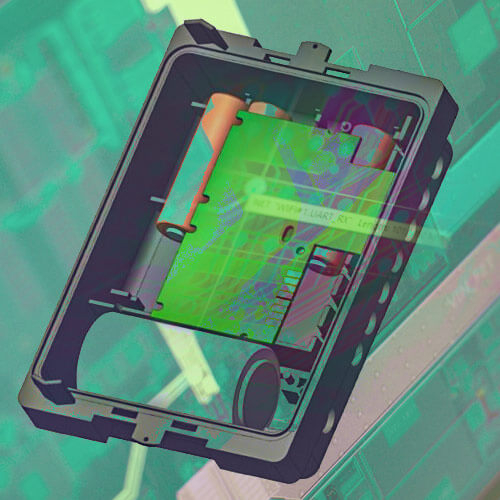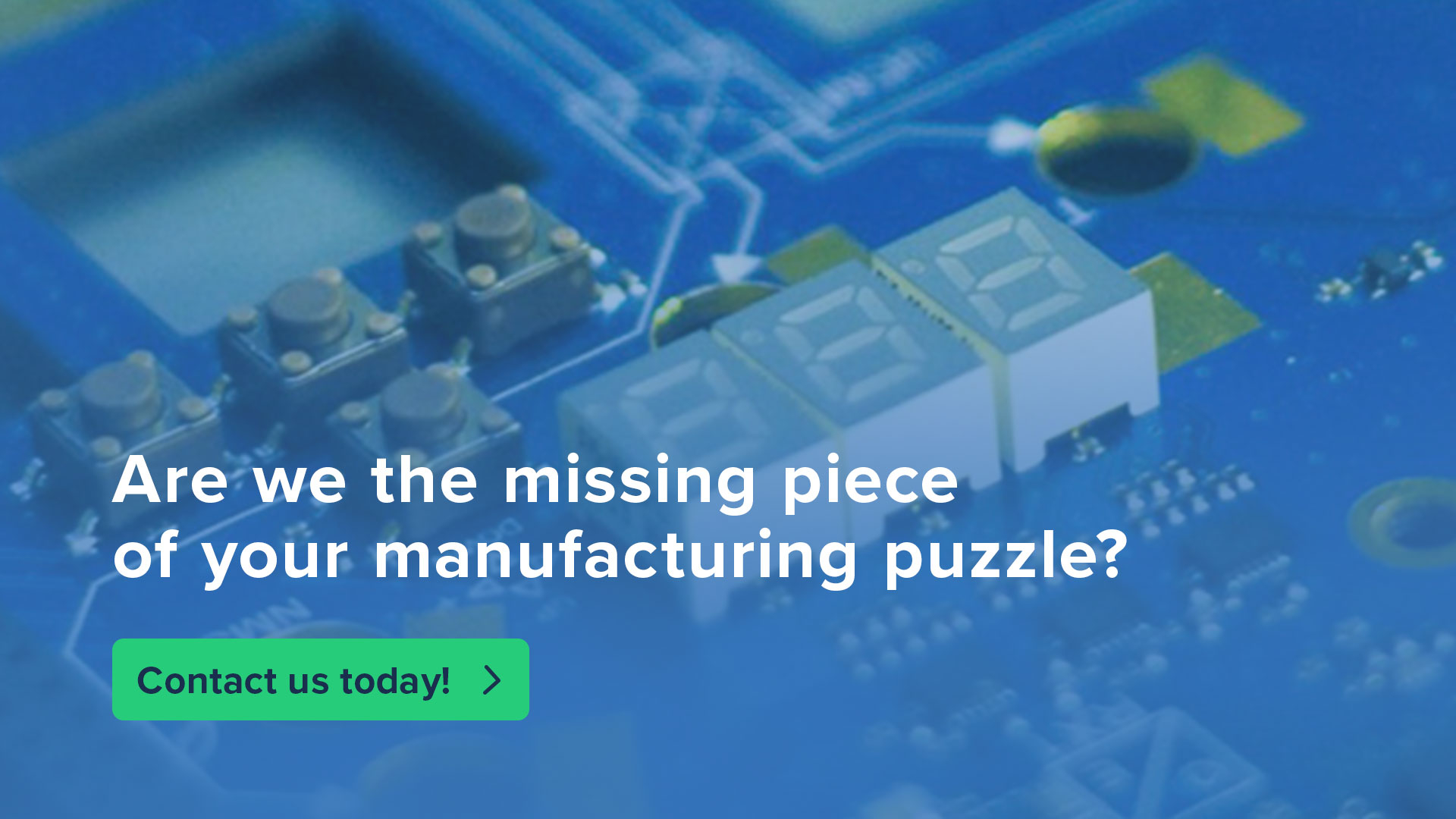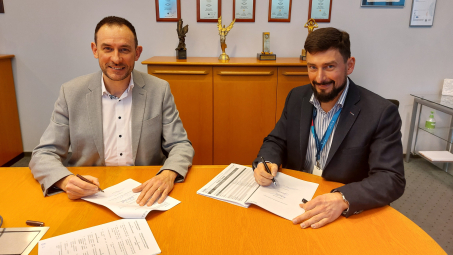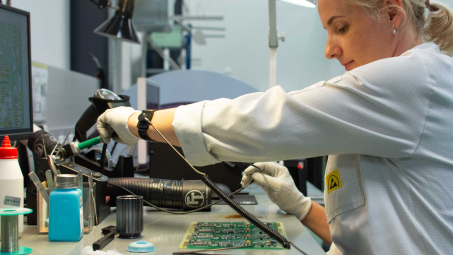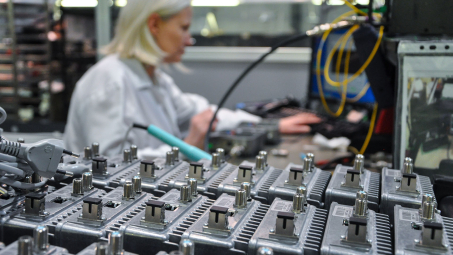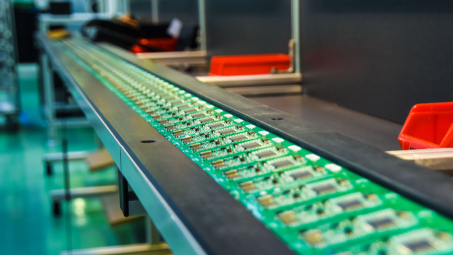How To Introduce A New Product - NPI Process Guide With Best Practices
Huge trade exhibitions are held annually where manufacturers display all of their newest products to spark interest among distributors, dealers, and potential buyers. Many consumers may not realize or even consider the amount of work that went into the creation, development, and launch of the new items.
Developing a new product entails managing a plethora of manufacturing processes at the same time. You must also carefully manage the product concept and supervise every step between the design stage and the first manufacturing run. It's a lot to keep track of, especially if you're also attempting to manage day-to-day business operations. Therefore, to ensure that your product enters the market as smoothly as possible, it is imperative to have a strategy and a product development process in place.
This difficulty is overcome through the New Product Introduction (NPI) Process. Your company is provided with a workable framework to speed up the time to market for your product through the new product introduction process (NPI). Working with experienced contract manufacturers knowledgeable about the NPI process is necessary for smoothly completing a project.
Here's what you need to know about understanding the NPI processes and how to implement them.
What is New Product Introduction (NPI) Process?
An idea becomes a product released through the New Product Introduction (NPI) process. The entire process of defining, creating, and launching a new or upgraded product falls under the purview of a New Product Introduction (NPI) process. The product may be physical—like a brand-new car—or intangible, like a specific service provided.
Many firms interchangeably use the abbreviations NPI (New Product Introduction) and NPD (New Product Development). However, because NPI assesses the product from the manufacturing perspective (centered on coordinating the efforts of operational teams and supply chain partners to release a product in its final form), it is more frequently used rather than the new product development process. It allows forecasting, modeling, and data-led adjustments to manufacturing and cost savings and supply chain management.
Before hitting the market, your product will go through several steps in the New Product Introduction process. An NPI process is meticulously supervised by a group of professionals who monitor development and carry out regular evaluations at various points to make sure the manufacturing process is headed on the right path. Cross-functional interaction and collaboration amongst all parties are essential for an effective NPI program.
Typically, the team consists of an enthusiastic project manager, departmental representatives (engineering, financial, and marketing), stakeholders, and the principal contacts for the contract job (such as the contract manufacturer, outsourced product developer, or engineering team).
Why should you implement the NPI process in your manufacturing process?
The most logical justification for using a New Product Introduction process is keeping your teams in continual contact and ensuring everyone is meeting their deadlines. Meanwhile, most leading companies understand the significance of implementing an NPI strategy is more than that. In today's highly competitive market, using NPI has many other positive benefits, such as;
Reduced Production Costs
By including the Voice of the Customer (VOC) in the early stages of the project, the design team can avoid late design changes, several revisions, and repeated, expensive validation testing. Your team will waste fewer materials and other resources on pointless prototypes.
Faster time to market
You won't have to wait between development steps to ensure the team is prepared to move on. Instead, you'll proceed from one step to the next effortlessly. With less time spent on development, the product will reach consumers faster and produce ROI.
More Superior Product Quality
The NPI process includes instruments designed to ensure the product satisfies customer expectations and that the process can consistently generate high-quality products. A design defect or other issue with the product will be less likely to go undiscovered when there is evaluation and continuous assessment by multiple persons at each stage.
Streamlined manufacturing
NPI reduces the likelihood that you'll need to redesign the product when it comes time to manufacture it. The manufacturer was involved from the start and gave your team advice on how to design a product that would be simple to produce on a small or mass-production basis.
The NPI Processes: An Overview
Your New Product Introduction process will most likely differ significantly from competitors. This is because NPI is tailored to your project, spending plan, timescale, corporate objectives, resources, and team members. However, there are a few fundamental phases that practically every NPI process follows;
Define the product ideas or concept
The product team generates a new idea during this initial stage, frequently referred to as the "Ideation" of the new product introduction (NPI). Depending on the gaps in your services or the market, your team members will collaborate to brainstorm prospective product concepts.
The team leading this project will develop a presentation detailing the following;
Background Details
Top priorities
Key Deliverables and Dates for the Project
Project Budget
Stakeholders and Sponsor Identification
Project Manager Identification and Team Definition
Analyze Feasibility
The executives will have the chance to assess the project's likelihood of success during the feasibility phase. During this phase, the design team will;
In CAD design software, simulate the idea.
Develop a process flow diagram or workflow for each phase of product development.
Use an engineering verification test to help the NPI team decide whether to proceed with this design.
At this point, the terms "economic feasibility" and "technological feasibility" are the most important. The product's technical viability is specified. It is assessed whether a concept can be fulfilled within the constraints of the available resources without developing the system.
Product design and development
The prototype is produced, and the technical requirements are created (depending on the business needs). After testing, the design is modified in light of the findings. This is carried out repeatedly until a workable design is found. The details of the upcoming manufacturing are also considered throughout the design and development phase. If not, a prototype might not be good enough for mass production. The preliminary Bill of Material (BOM) is prepared once the fundamental production processes are described.
The team also considers the proposed new product's design for manufacturing (DFM), or manufacturability, for more tangible new goods like electronics or hybrid systems. Senior Executives must know exactly what they're investing in and how it will fare in the market by the end of this period.
Pre-production test and validation
During this NPI phase, a Minimum Viable Product (MVP) is developed to determine whether the designs are up to par when turned into a physical product. The requirements established by the organization and its governing bodies are then tested on this prototype. To get enough information, market tests are also utilized to provide feedback on the usability of the items.
Manufacture and launch the product
It would be best if you started manufacturing your product as soon as it is ready for sale. Manufacturers begin making a product according to the requirements outlined in the design phase during this stage. To ensure that best practices can be applied going forward and that the production line is free of manufacturing flaws, it is crucial to undertake continuous improvement and audits.
Information about the product is distributed across all media. The marketing initiative is started, and advertising begins. To modify messaging, the campaign's response is measured.
Mass production
Some factors, such as the line configuration and specific personnel training, can help enhance production speed and quality after you begin completely manufacturing in large quantities. Some businesses now need to look for new manufacturers and suppliers. It occurs when the output quality degrades or the demand increases more quickly than anticipated.
Evaluate the feedback
At this point, success is reviewed. The group evaluates the operation of the procedure. In addition to ensuring that the products you release are of the highest quality, carefully analyzing how this process went teaches you important lessons about the NPI process so you may improve it in the future.
VECTOR BLUE HUB for NPI Process? We are ready!
As easy as this concept seems to be simple to understand, putting it into practice effectively can be difficult. Our team at VECTOR BLUE HUB can assist your business with putting your concept into production. Our professionals are knowledgeable in quality assurance and have years of expertise in managing processes, analyzing product lines, and building from start to finish.




